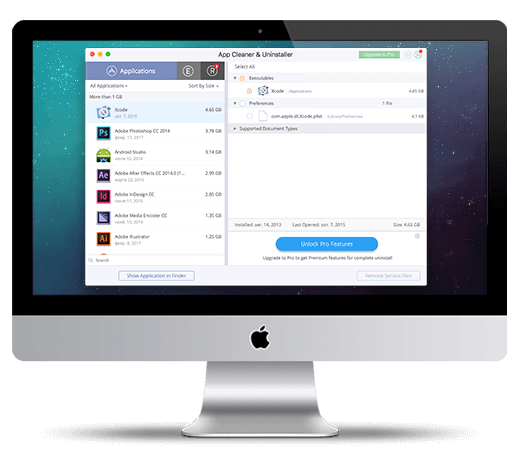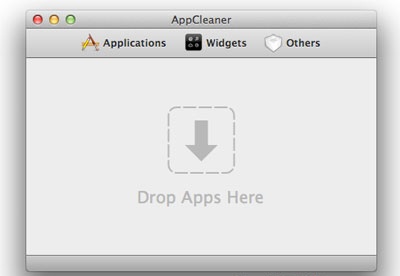

- Appcleaner mac download how to#
- Appcleaner mac download install#
- Appcleaner mac download drivers#
- Appcleaner mac download download#
- Appcleaner mac download free#
This means that you can simply drag any app into the interface and delete all the files related to it, as well as uninstall the app. The interface of this program is very easy to understand, and it supports “drag and drop” function.
Appcleaner mac download free#
With this app, you will free up reasonable space on your hard disk because all the files associated with the apps you wish to uninstall will be deleted too. Here’s a resourceful app that allows you uninstall unwanted apps from your system and delete its files all at once. While you can easily uninstall the apps from the default control panel, you will only get to uninstall them one after the other, and the files associated with the apps will not be deleted when you uninstall from the control panel. Thus, you will want to uninstall from your Macbook. But, sometimes, it happens that you may never use any of the apps as they never became useful.
Appcleaner mac download install#
Storing user files in the Documents folder is a standard, and perhaps annoying, behavior on Windows, and that’s easily transferred to macOS.There are some apps one may install on a Macbook thinking they might be helpful in a later time. This is especially true of applications and games that are ported from Windows to macOS. You may also find files in the “~/Documents/” folder. When you’re ready to remove the kexts, you’ll need to use sudo rm. You’ll find them installed in “/System/Library/Extensions,” and you’ll need to search thoroughly for anything related to your application. A kext extends the communication ability of the kernel, adding new methods of interfacing with the system.
Appcleaner mac download drivers#
Known as “kexts,” kernel extensions are the drivers of the macOS world. You’ll also need to look for any related kernel extensions. For example, if you were trying to uninstall Word manually, you would look for both Word and Microsoft. Within each folder, look for the name of the application and the name of the company that created it. To completely uninstall an app from macOS manually, you’ll need to look for files associated with the application in the following folders.
Appcleaner mac download how to#
If you want to accomplish that task yourself, you’ll have to perform the search manually.Īlso read: How to Stop Programs from Opening on Startup on Mac Possible Library Folder Locations With one click the files can be deleted entirely.

By delving into bundle identifiers and metadata, App Cleaner uses its machine smarts to serve up all the associated files across all the most common system directories. In this way developers have managed to import our least favorite Windows feature: installer vomit.įinding these files on your own requires knowledge of any names that might be associated with the application. Many apps, especially powerful apps, can sprawl across your system, depositing files in a variety of “~/Library/” folders. If you’re looking for a free option, there is a free, similarly-named program, AppCleaner, that performs similarly but not identically to the paid App Cleaner. With the free version of App Cleaner, you can search for apps but not uninstall them.
Appcleaner mac download download#
You can download and install App Cleaner for free, but it costs $10 to unlock the core file-deletion functionality. It works by searching for files associated with the app bundle and deleting everything together at the same time. The easiest way to completely uninstall a game on the Mac is with App Cleaner. It just might take a little while, unless you don’t mind paying a few dollars to have it taken care of for you.Īlso read: How to Get More Done on Your Mac with Launchbar Method One: App Cleaner If there is no uninstaller application or uninstall procedure, you can remove the application yourself. Applications with web service components, like Adobe Creative Cloud and Microsoft Office 365, should be removed according to the instructions on the developer’s website. If possible, you should always default to using the applications uninstaller, if it has one.

Although, this happens with some Mac apps as well, as you’ll see if you try to manually uninstall more complex applications. Compare this to Windows, where an installer can spew files across the system in dozens of arbitrary locations. On macOS, applications generally like to stay inside their.


 0 kommentar(er)
0 kommentar(er)
